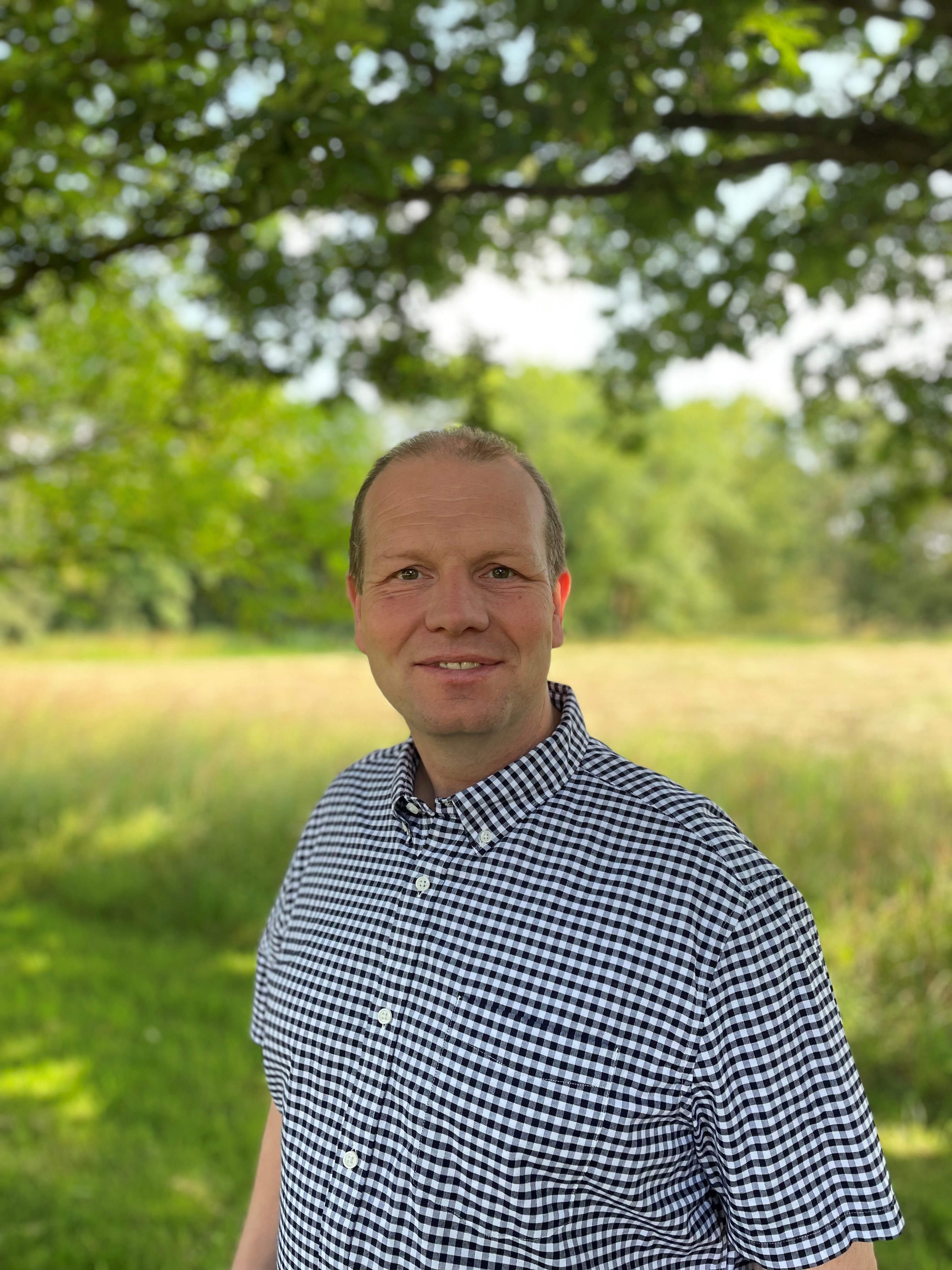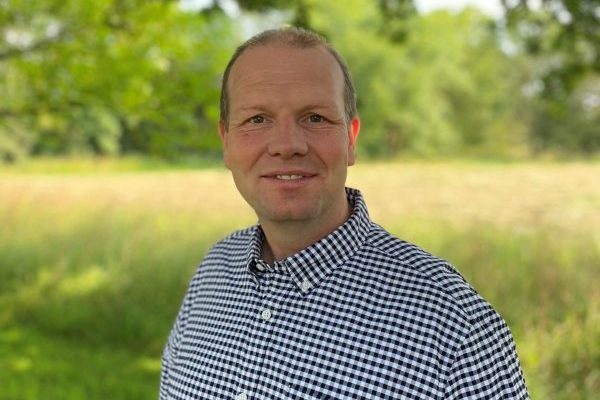 The days are getting longer, and at the time of writing, we’ve had no real winter yet. The traditional frost to break down the ground and kill disease and pests can no longer be relied on to deliver pest and disease pressure reductions. I find myself asking: how do we rethink our farming and crop production to secure viable businesses as our seasons become increasingly warmer?
The days are getting longer, and at the time of writing, we’ve had no real winter yet. The traditional frost to break down the ground and kill disease and pests can no longer be relied on to deliver pest and disease pressure reductions. I find myself asking: how do we rethink our farming and crop production to secure viable businesses as our seasons become increasingly warmer?
As I look forward to the year ahead and start planning our spring drilling work, it becomes a guessing game as to what the spring weather will deliver. Can we hold off drilling until we get the next flush of blackgrass and weeds? Or will it become hot and dry, so our spring crops can’t get away? Like many, our autumn drilling was the best it has been for a number of years and our crops are entering into spring in good condition.
With the potential of the Sustainable Farming Incentive (SFI) soon rewarding Integrated Pest Management (IPM), many farmers will be focusing more on developing an IPM plan. For a number of years, my own IPM planning has delivered landscape-wide improvements to the environment with added financial benefits through reduced pesticide use.
Knowing a number of the pesticides we currently use will be withdrawn over the next few years, my IPM plans offer a practical solution to start phasing these out. We’ve also been able to remove all insecticides for the past eight years and we’ve widened our cropping rotation, with more flexible drilling dates to help tackle weed and crop health problems.
I’m currently using public funding to provide flower margins, grass margins and biodiversity restoration using nature-based solutions to provide better outcomes. We’re learning more each year about which habitats we need to host the predatory and pollinating species, to control pests and to pollinate our crops.
Last year I hosted a PGRO study to determine the effects of legume-mix trap crops and field margins on bean weevil damage in spring beans. The trial found less crop damage compared with other sites and more overall insect species in both the crop and the margin. I’m looking forward to repeating this again this season.
We also hosted a GWCT bespoke trial for monitoring bees in the spring beans and saw higher levels and more varieties of pollinators. The aim of the trial is to provide information on how well the bean crop is pollinated and the potential impact of flower habitats on bean yield and quality. They found 15 different species of bumblebee with various species of more benefit to pollination than others. We found an abundance of other insects that help pollination as well. I find these sorts of trials are really important to help understand how different habitats and plants form a fundamental cornerstone of my farm business.
There’s much to reflect on right now, with the announcement of new ELM schemes and many farmers are at a loss as to where to start in the transition. I’ve heard concerns around potential losses between entering one scheme before another, but at the Nature Friendly Farming Network’s (NFFN) recent panel discussion, Minister Victoria Prentis, said that farmers “will absolutely not be penalised for early [scheme] adoption.” A statement we will be holding Defra accountable to.
As I look ahead at my next steps in farming, I need to find the right public goods delivery that will enhance my business and prove the greatest value for public money. With improvements in the CS payments and agreements this year and next, this last chance is a good opportunity to look into funding routes for nature-based solutions which that will also help improve outputs.
Through the NFFN, I get to see many farmers across the UK changing the way they produce their crops, and many are willing to share their experiences. The recent NFFN Rethink Farming and Farming for Climate Action reports show how the sector is changing by showcasing the systems and practices that can be equally successful for business, climate and environment.
But what remains clear in an uncertain future of changing policy schemes and unpredictable weather: the more farmers learn and work together, the easier this change in direction will be. The more viable our businesses will be in the long term. And you never know – you might just pick up a gem of an idea to help take your business forward. Here’s to 2022!
Martin Lines is an arable farmer and contractor in South Cambridgeshire with more than 500ha of arable land in his care. His special interest is in farm conservation management and demonstrating that farmers can profitably produce food in harmony with nature and the environment. He’s also chair of the Nature Friendly Farming Network UK. @LinesMartin
martin.lines@nffn.org.uk




